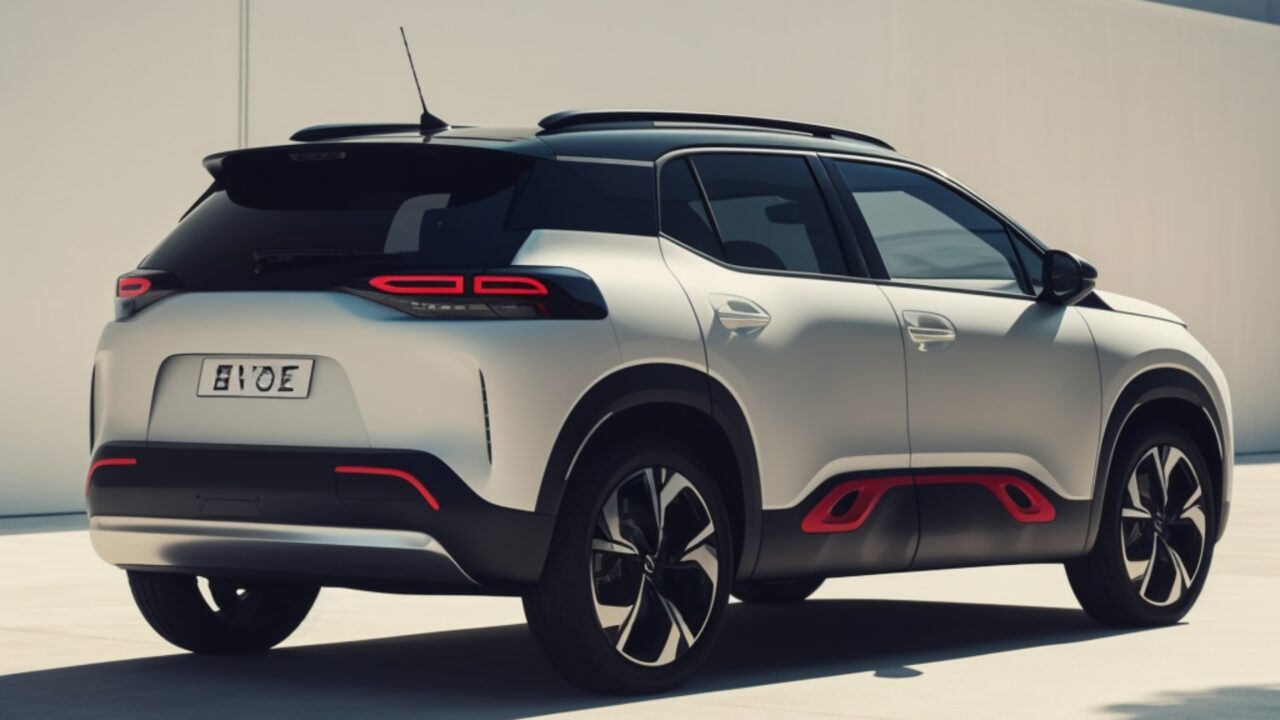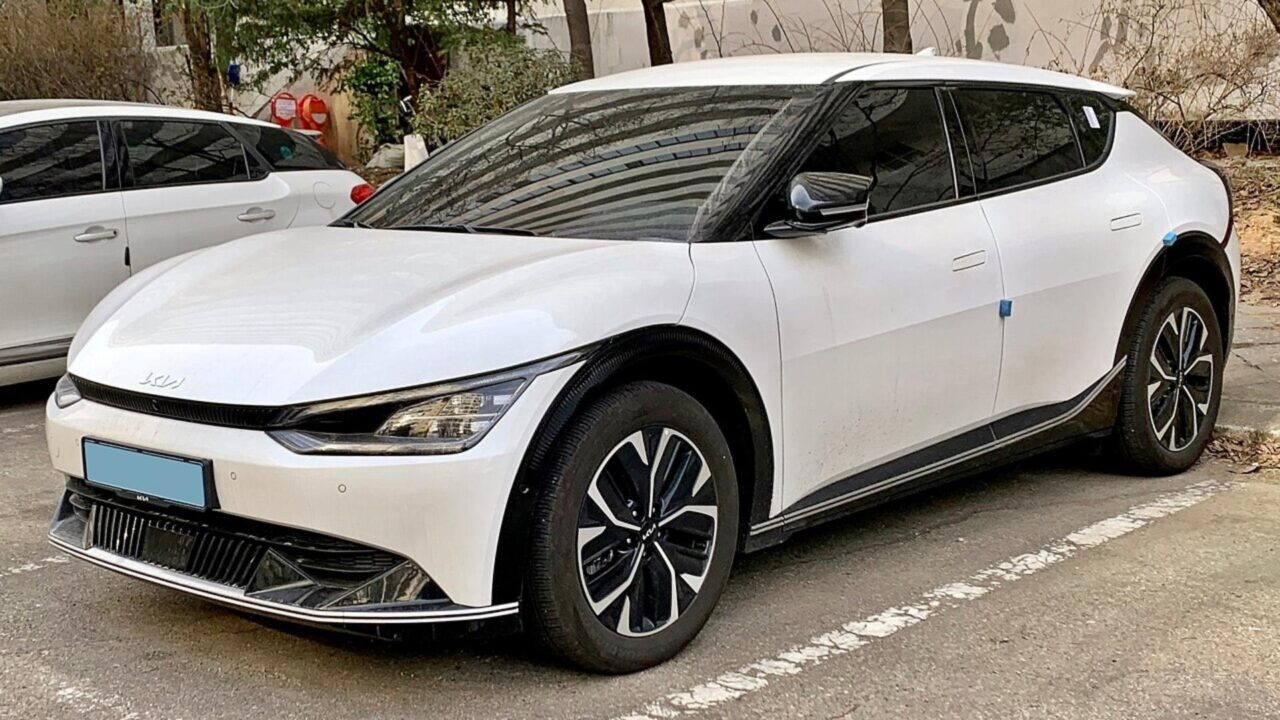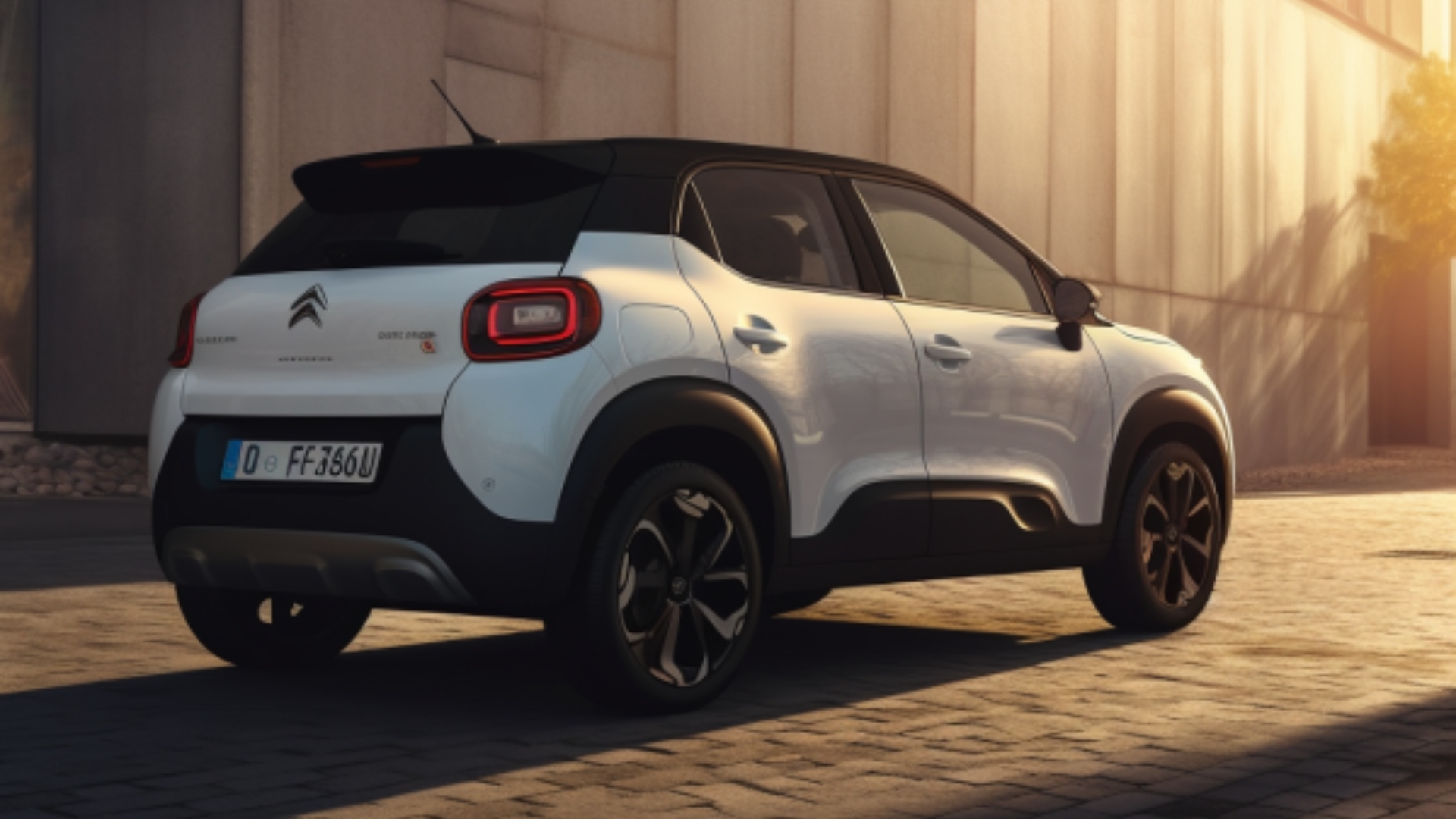From the intricate mechanics beneath the bonnet to the advancements powering longer ranges, our comprehensive guide sheds light on the marvels of electric vehicles. Uncover the future of sustainable driving and see why EVs are stealing the spotlight!
What’s Under the Electric Bonnet?
Electric vehicles (EVs) represent a marvel of modern engineering, transforming our age-old conception of motoring. Let’s decode what powers these innovative machines.
Battery Electric Cars (BEVs)
These vehicles are the embodiment of the electric vision. Relying entirely on stored electrical energy, BEVs house expansive batteries that power the electric motors. With no exhausts, no petrol tanks, and a simplified design, they offer a pure, emissions-free driving experience.

Plug-in Hybrids (PHEVs)
These cars bridge the gap between tradition and innovation. Equipped with both a combustion engine and an electric motor, they offer flexibility. Drivers can rely on electric power for short commutes and switch to petrol or diesel for longer journeys, ensuring range is never an issue.
Self-Charging Hybrids
Ideal for those just dipping their toes into the electric realm, these hybrids use the car’s motion and braking to charge a smaller battery. This energy then aids the petrol or diesel engine, optimising fuel efficiency and reducing emissions without requiring plug-in charging.
The UK Charging Landscape
As electric vehicles continue their surge in popularity across the UK, understanding the intricacies of charging becomes paramount. The charging ecosystem here is rapidly evolving, aiming to make EV ownership as seamless as possible.
Home Charging
For most UK EV owners, the convenience of home charging is unparalleled. Setting up a home charging point, often with government incentives, means waking up every morning with a “full tank.” As the grid shifts towards renewable energy, this also ensures a greener commute. Furthermore, technologies like smart meters allow owners to charge during off-peak times, cutting costs and minimising grid strain.
Public Charging
From bustling urban centres to serene countryside locales, the UK’s public charging network is growing exponentially. Rapid chargers, which can rejuvenate most EV batteries in under an hour, are becoming commonplace in motorway service stations and city centres. For EV owners on the move, a plethora of apps and services provide real-time updates on the nearest available chargers, pricing, and connector types.
Charging Levels and Efficiency
It’s not just about plugging in; it’s about understanding the charge you’re getting. While Level 1 and 2 chargers are more common and ideal for overnight or workplace charging, Level 3 ‘rapid chargers’ provide a speedier option, especially for those in a hurry. However, a balanced approach is advised relying solely on rapid charging can reduce battery longevity. Embracing a combination, based on one’s driving patterns, ensures optimal battery health.
Why Electric Cars?
Electric vehicles (EVs) are not just a fleeting trend; they’re solidifying their place as the most valuable players in the automotive arena. Here’s why.
Silence and Smoothness
One of the first things that strikes you when you drive an EV is the quietness. Without the revving and rumble of a petrol or diesel engine, EVs offer a remarkably serene driving experience. This reduction in noise pollution is beneficial not only for the driver and passengers but also for urban environments.

Cost-Effective Operations
While the upfront costs can be steeper, running an EV in the UK is often more wallet-friendly in the long haul. Electricity, especially when sourced during off-peak times or from renewable sources like home solar panels, is cheaper than petrol or diesel. Add to this the decreased maintenance needs, no oil changes, and fewer moving parts to worry about, and the savings accumulate.
Space and Design Innovations
With the battery systems typically placed flat beneath the car, EVs open up a new world of design possibilities. Many models boast more spacious interiors, better weight distribution, and innovative storage solutions that traditional vehicles can’t match.
Environmental Champions
The green credentials of EVs are undisputed. Even when charged from the grid, they often have a smaller carbon footprint than their fossil-fueled counterparts. As the UK continues to invest in renewable energy, the environmental benefits of EVs will only magnify, driving us closer to a sustainable transportation future.
Keeping the Battery Blues Away
Lifespan and Durability
Modern EV batteries are marvels of engineering. They’re designed to last, and many manufacturers back this up with generous warranties. Typically, a battery’s capacity might degrade over time, but most will retain a significant portion of their capacity even after years of use. With advancements in technology, battery longevity continues to improve.
Optimal Charging Practices
Contrary to some beliefs, you don’t always have to charge your EV battery to 100%. In fact, for daily usage, keeping it between 20% and 80% can be ideal, as this can potentially prolong the battery’s lifespan. Furthermore, while fast charging is convenient for long trips, relying on it too frequently might not be the best for battery health. Regular, slower home charging is often gentler on the cells.
Replacement and Repurposing
Eventually, an EV battery might need replacing. But that’s not the end of its journey. These batteries can often be repurposed for other energy storage tasks, like backup power systems or grid-balancing applications. This secondary life reduces waste and ensures that the valuable components are utilised to their fullest.
The Future is Bright
With massive investments in battery research and development, we’re on the cusp of breakthroughs in energy density, charge times, and overall efficiency. As technology progresses, concerns over battery lifespan or replacement costs are poised to diminish, making EVs even more appealing to potential owners.
The Issues
Initial Costs
Yes, electric vehicles often come with a higher upfront price tag compared to their petrol or diesel counterparts. But with the UK government keen on pushing for a greener future, various incentives, tax breaks, and rebates are often available for potential EV buyers, narrowing this cost difference. Furthermore, with more manufacturers entering the EV realm, competition is intensifying, which is bringing down prices.

Range Concerns
“Range anxiety”, the fear of running out of charge before reaching your destination – was once a significant concern. However, today’s EVs, equipped with more efficient batteries, offer ranges that cater to most people’s daily commuting needs. Moreover, with the rapid expansion of charging infrastructure in the UK, finding a place to top up is becoming easier by the day.
Efficiency Variables
Not all electric vehicles are created equal. Some might boast larger batteries but might be less efficient due to weight, aerodynamics, or other factors. It’s crucial for potential buyers to consider the car’s energy consumption, often measured in watt-hours per mile (Wh/mi) or watt-hours per kilometre (Wh/km), before making a decision.
Environmental Impact
While EVs produce zero tailpipe emissions, critics often point to the environmental impact of battery production and electricity generation. However, it’s essential to see the broader picture With the UK’s growing reliance on renewable energy sources and constant advancements in recycling and battery production methods, the overall carbon footprint of EVs is on a downward trend.
Resale Value
Historically, EVs faced rapid depreciation. But as public perception shifts and demand grows, this trend is changing. Many EVs now hold their value comparably to conventional vehicles, and as electric cars become the norm, their resale value is only expected to get better.
Getting that Extra Electric Mile
Driving Dynamics
Electric vehicles bring a fresh driving experience to the table. With instant torque from a standstill, EVs often provide brisk acceleration and agile manoeuvring. This immediate response is not just exhilarating for the driver, but it also ensures rapid adjustments in unpredictable traffic situations, enhancing safety.
Regenerative Braking
One feature that sets many electric cars apart is regenerative braking. Instead of merely dissipating the vehicle’s kinetic energy as heat, like in traditional braking systems, EVs capture and convert some of this energy back into electricity, recharging the battery in the process. This not only extends the car’s range but also reduces wear and tear on the braking system.
Quiet Operations
The serenity inside an electric vehicle cabin is unparalleled. The absence of engine noise creates a calm driving environment, reducing noise pollution in urban settings. Plus, it’s not just about the quiet, it’s about the clarity of audio systems, the ease of conversation, and the general feeling of tranquillity on the move.

Lower Running Costs
Electricity, especially when sourced during off-peak hours or from home solar panels, can be significantly cheaper than petrol or diesel. Factor in reduced maintenance needs, no oil changes, and fewer moving parts to wear out and it becomes clear that EVs can lead to considerable savings in the long run.
Innovations and Tech Integration
Electric vehicles are often at the forefront of automotive technology. Whether it’s advanced driver assistance systems, intuitive infotainment setups, or state-of-the-art connectivity features, EVs often boast the latest innovations. As the world moves towards a more connected, automated future, electric vehicles are poised to lead the way.
For more information on the terms used in this article, use our glossary available here.

1 thought on “A Deep Dive into the World of Electric Cars”
Comments are closed.